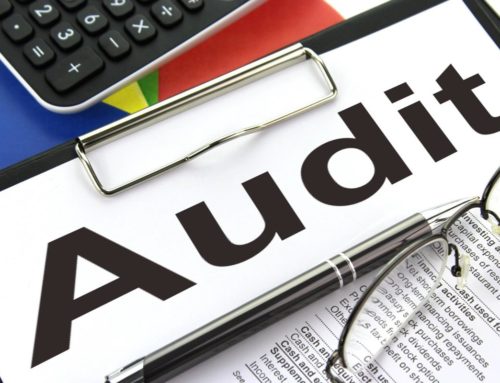One of the biggest delays in filing your tax return is missing information. Make sure you don’t miss some of these commonly overlooked items.
Missing your e-file approval.
Without your signature, your tax return cannot be filed.
Proof of health insurance.
You must provide a Form 1095 or other proof that you and your dependents had health insurance for the entire year.
Missing W-2 or 1099.
Looking at last year’s tax return, verify that all prior W-2s and 1099s are received and applied to your return.
Incorrect information on a W-2 or 1099.
If you discover errors on your tax forms, you will either have to get the form corrected or delay filing your tax return.
Missing or incorrect social security number.
Double-check your social security number on your tax return. If it’s incorrect, your e-filed tax return will be rejected.
Dependent child already claimed.
Work this out before you file, as your return cannot be filed if a dependent is already claimed on another tax return.
Name mismatch.
This situation occurs if you were recently married or divorced. Make sure the name on your tax return matches the one on file with the Social Security Administration.
Inconsistent information.
Tax software will check a tax return for inconsistencies. If one occurs, it must be resolved prior to filing your tax return.
No information for a common deduction.
If you claim a deduction you may be asked to provide support to document the claim.
Missing cost information for transactions.
Brokers will send you a statement of sales transactions. Most of them now include cost information. If they do not, you must provide it. This can create delays if the investment was purchased a long time ago.
Missing K-1.
If you are an owner of a partnership, Subchapter S, or LLC, you will need to receive a Schedule K-1 that reports your share of the profit or loss from the business activity.
Forms with no explanation.
If you receive a tax form, but have no explanation for the form, questions could arise. For instance, if you receive a retirement account distribution form it may be deemed income. If it is part of a qualified rollover, no tax is due. An explanation is required to file your tax return correctly.






